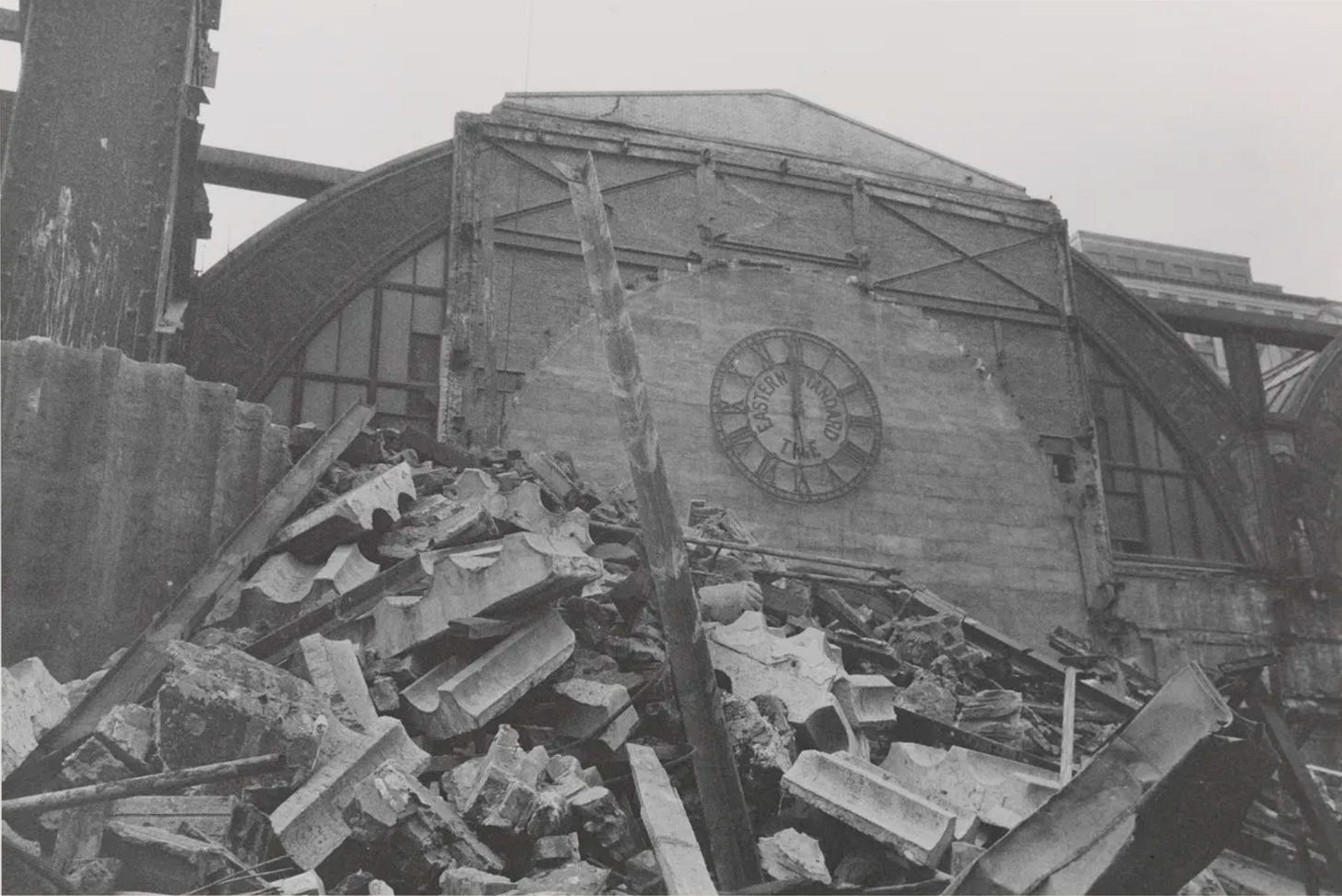On an early August evening in 1962, hundreds of people, including architects and other notable figures, gathered for a peaceful protest outside the main entrance of Pennsylvania Station in New York. Their aim was to prevent the building's imminent demolition, which had been part of the city council's plans since the previous decade.
Despite the activists’ bid to save the Beaux-Arts style structure, demolition began the following year due to redevelopment pressures, and three years later, in 1966, the building was no more. However, this grassroots movement played a pivotal role in the emerging American preservation movement, contributing to the establishment of the Landmarks Preservation Commission (LPC) in 1965 as a public institution dedicated to safeguarding architecturally, historically, and culturally significant buildings and sites in New York.
Preservation in New York has a rich history intertwined with various social movements. The formation of the Landmarks Preservation Commission occurred during a period of broader community activism, where opposition to Robert Moses' expressway proposals in Lower Manhattan went beyond preserving the historic built environment. Activists sought to protect not only architectural heritage but also shield low-income residents and small businesses from displacement.
In present-day New York City, preservation extends beyond the conventional notions of protecting buildings, historic landmarks, or affordable housing—terms commonly referenced by urban planners and historic preservationists. It encompasses a broader process aimed at safeguarding neighborhood identity, fostering community cohesion, and preventing mass displacement and hyper-gentrification. Neighborhood Conservation Districts provide communities with the authority to control changes in their neighborhoods, setting ground rules for reviewing new construction and development.
Community preservation empowers local communities to act as stewards of their built environment, reinforcing values linked to physical spaces and social interactions within the community. By thoughtfully assessing community values and highlighting the interconnectedness of historic preservation, community preservation, and affordable housing preservation, we can effectively prevent the loss of meaningful built fabric in neighborhoods.





